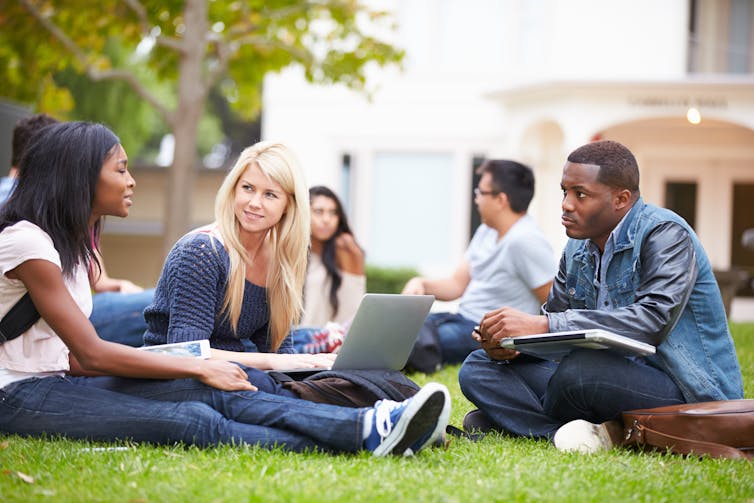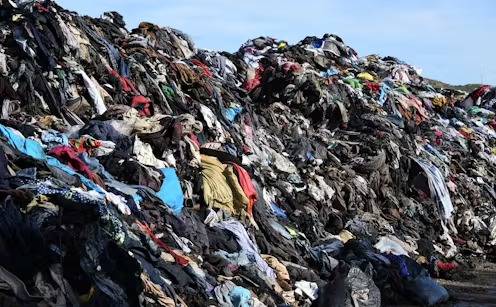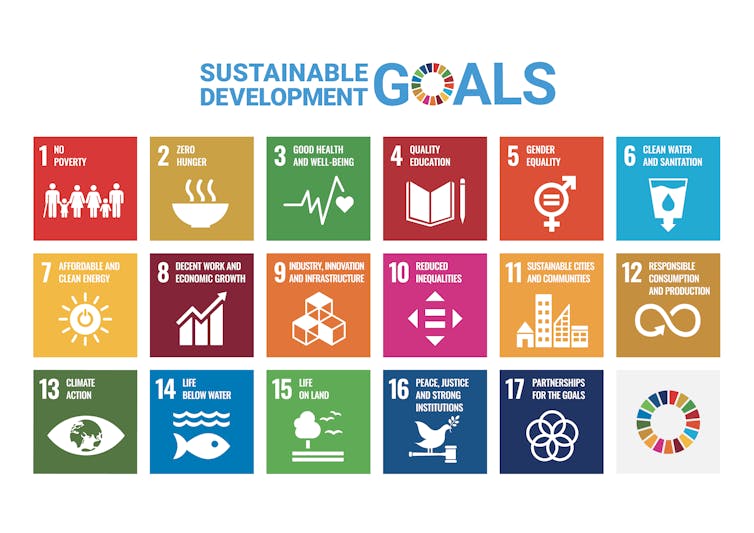Young adults have an important role to play in achieving the United Nations’ Sustainable Development Goals (SDGs) by 2030. Adopted by all UN member nations, the SDGs offer a frame for an ambitious plan to transform our world for the better.
Engaging young adults in meaningful discussions can lead to transformative learning — and action is key to meeting local and global targets.
Universities across Canada and the world are working towards making institutional commitments towards sustainability and engaging students in this also. The United Nations Educational, Scientific and Cultural Organization launched a Reflect-Share-Act framework in 2020 to assist anyone in acquiring the skills and knowledge needed to promote sustainable development in their community.
Over the past two years, I participated in a sustainability fellowship program at the University of Saskatchewan. As part of this, I redesigned a marketing class using the UNESCO framework to include sustainability learning outcomes, activities and assessments.
I used a survey at the start and end of each term to measure changes in student perceptions around sustainability and students’ own belief in their ability to enact change. The results showed consistent increases in terms of knowledge about what sustainability is and student optimism around how to make change happen.
Many aspects of sustainability
When most people think about sustainability, their first thought is usually about the environment or climate change. However, the UN global goals also address other aspects of sustainability, including:
- elimination of poverty (SDG 1);
- responsible consumption and production (SDG 12);
- gender equality (SDG 5);
- and quality education (SDG 4).
UN SDG goals. (The UN)
I focused my efforts on an introductory marketing class that I’d taught several times. I introduced sustainable development and the SDGs at the start of the term with the promise of making specific connections to marketing concepts throughout the class.
Students’ ideas for sustainable behaviours
The focus of marketing often involves persuasion and considering how to drive sales/purchases. When talking about consumer behaviour and revisiting traditional marketing concepts, I shared examples of overconsumption (for example, purchasing water bottles in every new colour that comes out) and asked students to consider how they might reduce their own consumption.
I pointed students towards a UN resource, The Lazy Person’s Guide to Saving the World for initial ideas — and then asked students to brainstorm actions they could take as marketers to contribute to SDG 12 on responsible consumption and production and other SDGs in their future workplaces.
Students shared ideas such as evaluating the materials used in packaging and finding new ways to connect with customers to reduce sales-related travel and their own carbon footprint.
Students were able to think about the impacts of their decisions and identify tangible ways to contribute to sustainable development. Next year I’m going to take the activity a step further by turning their ideas into an open resource for marketers wanting to prioritize sustainability.
Here are some lessons learned from engaging business students in reflecting, sharing and acting on sustainability.
Lesson #1: Lower your defences
I’ve never been good at showing vulnerability. Dominant academic culture is based on having a strong defence and not showing weakness. I’ve found, however, that sharing my uncertainties in the face of global challenges has led to more conversation and connection with students.
When I talk about worrying about how the world is running out of water, and discuss political and humanitarian issues around water security, I’ve found that students make great efforts to address these by finding solutions that exist now and might be invented in the future.
It’s OK not to have all the answers and see what happens.
Lesson #2: Authenticity is king (or queen)
Students can be very perceptive. I’ve learned from feedback in course evaluations and informal chats that students pay attention to what I model, and the importance of being authentic. From my choice of clothing to the water bottle I bring to the classroom, these decisions matter to students.
I have open conversations where I talk about an issue, such as the horrific environmental impacts of fast fashion in Ghana, as narrated in Aja Barber’s book, Consumed: The Need for Collective Change: Colonialism, Climate Change and Consumerism. Then I talk about my consumption choices in light of this issue.
It helps students to see the connections between these issues and the everyday (better) choices we can all make.
Lesson #3: Don’t take it personally
I’ve found that some students are cynical about setting sustainability goals. It’s not that surprising — after all, I teach in a business school, and there is long-standing discussion about capitalist-forward business schools focussed on maximizing profits at the expense of everything else.
Others are even suspicious of the United Nations. Some refuse to take any responsibility for sustainable development and put it on corporations to solve the world’s problems.
It’s important not to take criticism personally. I’ve found that going deeper and examining these opinions can lead to interesting discussions. With regards to cynicism about the SDGs, I usually respond with questions such as: “What makes you think that? What have you read that leads you to those conclusions?”
I’ve learned educators need to listen and learn non-judgmentally about how young people feel. They have valid reasons to react strongly about generations of business leaders who have recklessly pursued wealth with complete disregard for the impacts.

Educators need to listen and learn non-judgmentally about how young people feel about the climate crisis. (Shutterstock)
Lesson #4: It’s not just about ‘what’ but about ‘how’
I’ve realized that how I engage with students on important global topics like sustainability is just as important as the content I share. UNESCO has said sustainability education should emphasize experiential, inquiry-based, problem-solving, interdisciplinary systems approaches and critical thinking.
Approaches need to enable student action and not leave them feeling like the world’s issues are too large for them to tackle. Using this definition along with the Reflect-Share-Act framework, I was able to help students move beyond considering large, often daunting global issues to a place where they can take tangible actions and affect change.



 FDA Says No Black Box Warning Planned for COVID-19 Vaccines Despite Safety Debate
FDA Says No Black Box Warning Planned for COVID-19 Vaccines Despite Safety Debate  Coca-Cola’s Proposed Sale of Costa Coffee Faces Uncertainty Amid Price Dispute
Coca-Cola’s Proposed Sale of Costa Coffee Faces Uncertainty Amid Price Dispute  Sanofi’s Efdoralprin Alfa Gains EMA Orphan Status for Rare Lung Disease
Sanofi’s Efdoralprin Alfa Gains EMA Orphan Status for Rare Lung Disease  Treasury Wine Estates Shares Plunge on Earnings Warning Amid U.S. and China Weakness
Treasury Wine Estates Shares Plunge on Earnings Warning Amid U.S. and China Weakness  Fed Near Neutral Signals Caution Ahead, Shifting Focus to Fixed Income in 2026
Fed Near Neutral Signals Caution Ahead, Shifting Focus to Fixed Income in 2026  Ford Takes $19.5 Billion Charge as EV Strategy Shifts Toward Hybrids
Ford Takes $19.5 Billion Charge as EV Strategy Shifts Toward Hybrids  HSBC’s $13.6 Billion Take-Private Offer for Hang Seng Bank Gains Board Backing
HSBC’s $13.6 Billion Take-Private Offer for Hang Seng Bank Gains Board Backing 

































